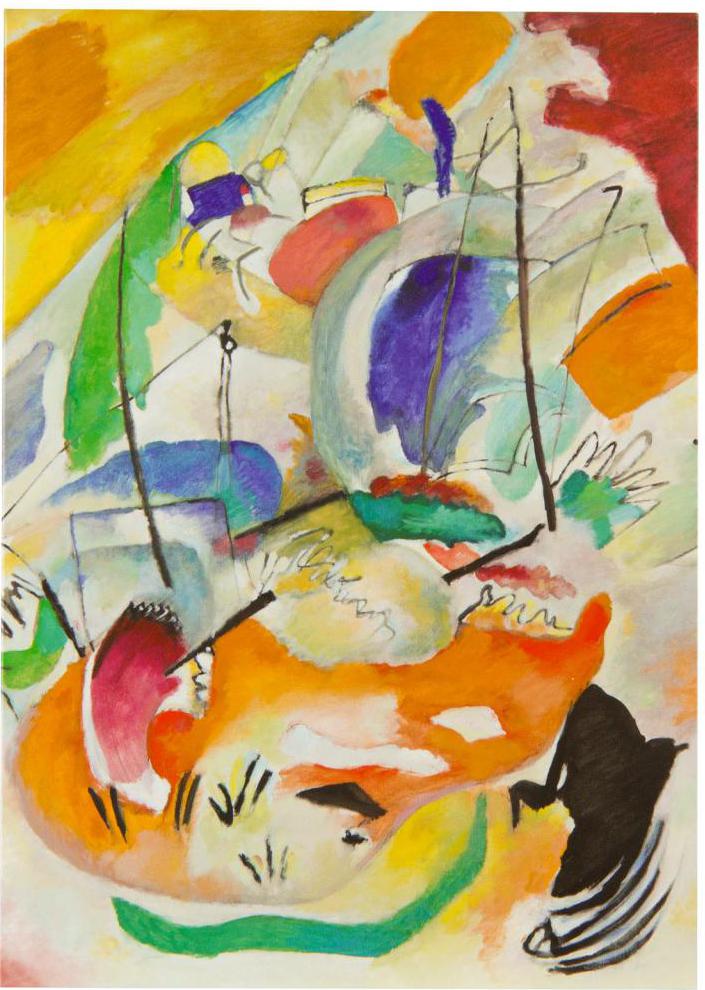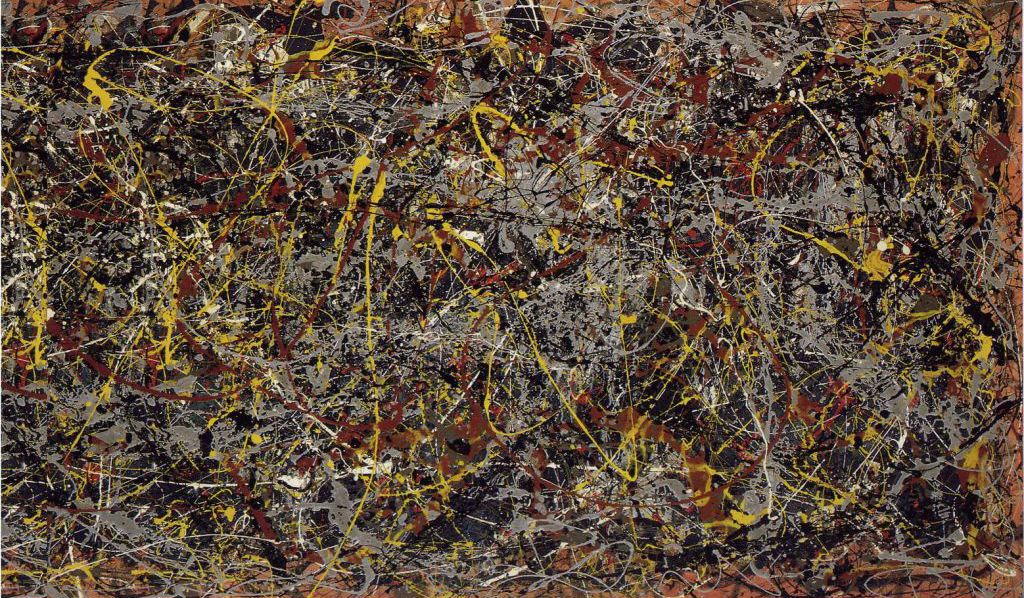How often people who are far from art do not understand abstract painting, considering it to be incomprehensible scribbles and a provocation that brings discord to minds. They are ironic over the creations of authors who do not seek to accurately depict the world around them.
What is abstractionism?
Opening up new possibilities for expressing one’s own thoughts and feelings, famous abstract artists abandoned their usual techniques, ceasing to copy reality. They believed that this art accustoms a person to a philosophical lifestyle. The painters searched for a new language to express their emotions overwhelming, and found it in colorful spots and clean lines that act not on the mind, but on the soul.
Abstract art, which has become a symbol of the new era, is a direction that has abandoned forms that are as close as possible to reality. Not clear to everyone, it gave impetus to the development of cubism and expressionism. The main characteristic of abstractionism is objectlessness, that is, on the canvas there are no recognizable objects, and viewers see something incomprehensible and not subject to logic, which is beyond the bounds of usual perception.
The most famous abstraction artists and their paintings are an invaluable treasure for humanity. The canvases written in this style express the harmony of shapes, lines, color spots. Vivid combinations have their own idea and semantic load, despite the fact that the viewer seems to have nothing in the works, except for fancy blots. However, in abstraction, everything obeys certain rules of expression.
"Father" of the new style
Vasily Kandinsky, a legendary figure in the art of the 20th century, is recognized as the founder of a unique style. With his work, the Russian painter wanted to make the viewer feel the same way he did. This seems surprising, but an important event in the world of physics prompted a new worldview of the future artist. The discovery of the decomposition of the atom seriously affected the formation of the most famous abstract artist.
“It turns out that everything can be decomposed into separate components, and this sensation responded to me, like the destruction of the whole world,” said Kandinsky, who was an outstanding singer of the time of changes. As physics discovered the microworld, so painting penetrated the human soul.
Artist and philosopher
Gradually, the famous abstractionist artist in his work leaves the details of his works and experimentes with color. A subtly sensitive philosopher sends light to the very depths of the human heart and creates canvases with a strong emotional filling, where his colors are compared with the notes of a beautiful melody. The first place in the author’s works is not the plot of the canvas, but feelings. Kandinsky himself considered the human soul to be a multi-stringed piano, and he compared the artist to a hand that, by pressing a certain key (color combination), causes it to vibrate.

A master who gives people clues to realize their creativity seeks harmony in chaos. He writes canvases, where a thin, but obvious thread is traced, which connects abstraction with reality. For example, in the work "Improvisation 31" ("Sea battle") in color spots, you can guess the images of boats: sailing vessels on canvas withstand the elements and rolling waves. So the author tried to tell about the eternal battle of man with the world around him.
American student
Famous abstract artists of the 20th century who worked in America are students of Kandinsky. His work had a huge impact on expressive abstractionism. The Armenian emigrant Arshil Gorky (Vozdanik Adoyan) worked in a new style. He developed a special technique: laid out white canvases on the floor and poured paint from buckets on them. When it froze, the master scratched lines in it, doing something like bas-reliefs.
Gorka's creations are saturated with bright colors. "The aroma of apricots in the fields" is a typical canvas, where sketches of flowers, fruits, insects are transformed into a single composition. The viewer feels the ripple emanating from the work done in bright orange and saturated red tones.
Rotkovich and his unusual technique
When it comes to the most famous abstraction artists, one cannot fail to mention Markus Rotkovich - a Jewish emigrant. The talented student of Gorky influenced the audience with the intensity and depth of colorful membranes: he imposed two or three color rectangular spaces one above the other. And they seemed to drag a person inward so that he would experience catharsis (purification). The creator of unusual paintings recommended to consider them at a distance of at least 45 centimeters. He said that his work is a journey into an unknown world, where the viewer is unlikely to prefer to go on their own.
The most expensive work of the author is the painting "Orange, Red, Yellow." For three rectangles with blurry outlines, the collector laid out almost $ 87 million.
Ingenious Pollock
At the end of the 40s of the last century, one of the most famous abstract artists, Jackson Pollock, invented a new paint spraying technique - drip, which became a real sensation. She divided the world into two camps: those who recognized the author’s paintings as genius, and those who called them daubs, unworthy of being called art. The creator of unique creations never pulled the canvas on the canvas, but placed them on the wall or floor. He walked with a can of paints mixed with sand, gradually plunging into a trance and dancing. It seems that he accidentally poured a multi-colored liquid, but his every movement was thought out and meaningful: the artist took into account the force of gravity and the absorption of paint by canvas. The result was an abstract confusion consisting of blots of different sizes and lines. Pollock was dubbed Jack Sprayer for his invented style.

The most famous abstract artist gave his works not names, but numbers, so that the viewer had freedom of imagination. "Canvas number 5", which was in a private collection, was for a long time hidden from the public eye. Around the masterpiece shrouded in mystery, the hype begins, and finally it appears at Sotheby's auction, instantly becoming at that time the most expensive masterpiece (its cost is $ 140 million).
Find your formula for understanding abstractionism
Is there a universal formula that will allow the viewer to perceive abstract art? Perhaps, in this case, everyone will have to find their own guidelines based on personal experience, inner feelings and a great desire to discover the unknown. If a person wants to discover the secret messages of the authors, he will certainly find them, because it is so tempting to look behind the outer shell and see the idea, which is an important component of abstractionism.
It is difficult to overestimate the upheaval in traditional art, which was performed by famous abstract artists and their paintings. They made society look at the world in a new way, see other colors in it, and evaluate unusual forms and contents.